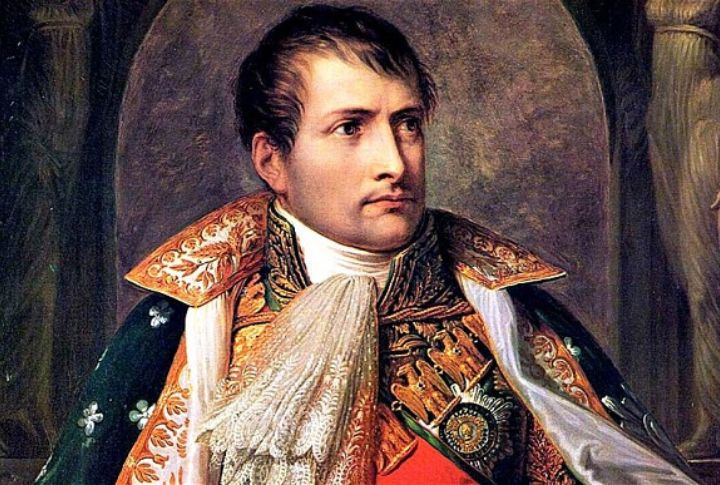
History’s greatest conspiracy isn’t some secret cover-up—it’s that we’ve been getting the basics wrong this entire time. Those iconic moments you picture in your head never actually happened that way. Somehow, the fake versions became more famous than reality itself. Let’s dig up what actually went down.
Paul Revere’s Midnight Ride
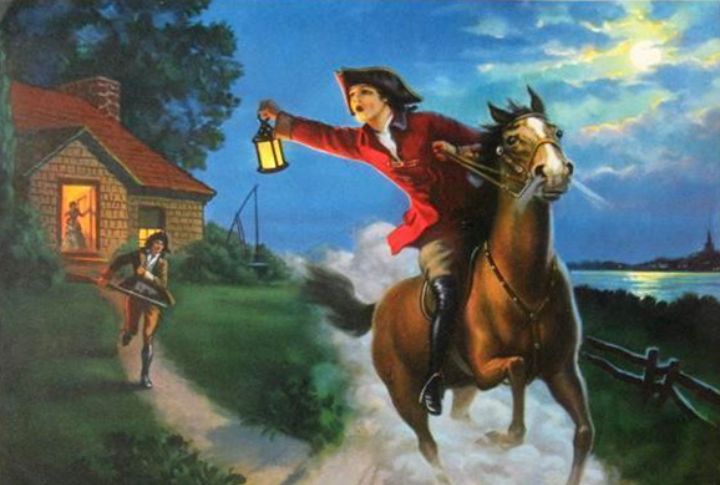
Most of what you’ve heard about Paul Revere’s ride is Hollywood, not history. He wasn’t alone at all—Dawes and Prescott were out there too, covering different paths. And nobody yelled “The British are coming!” They used the much calmer “The regulars are out,” since British soldiers were literally nearby.
The Salem “Witches”
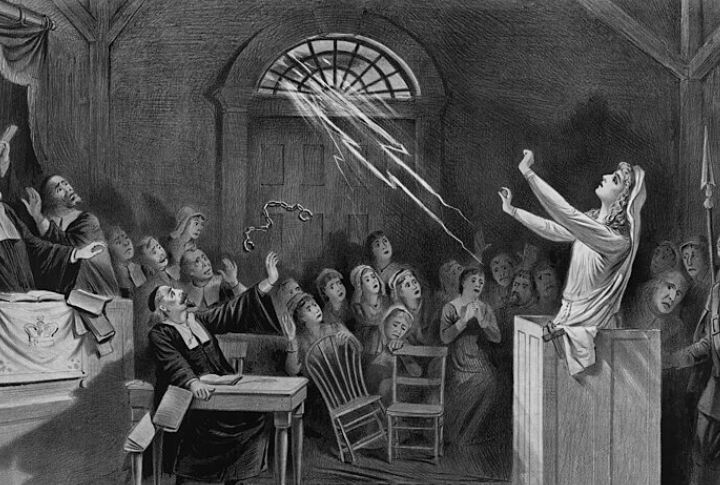
Were witches burned at the stake in Salem? Not at all. In colonial Massachusetts, witchcraft fell under local laws that punished with hanging, not burning. That’s why nineteen accused people were hanged, while one man was pressed to death. The trials lasted only months, and most victims were middle-aged women who’d made the wrong enemies.
Napoleon Bonaparte’s Height

Every cartoon villain version of Napoleon shows him as this tiny, short tyrant. Here’s the catch: he stood around 5’7″, perfectly average for his time and place. That “short Napoleon” story came straight from British propaganda mills that understood something important—if you want to undermine someone’s authority, just make people laugh at their appearance.
Viking Helmets
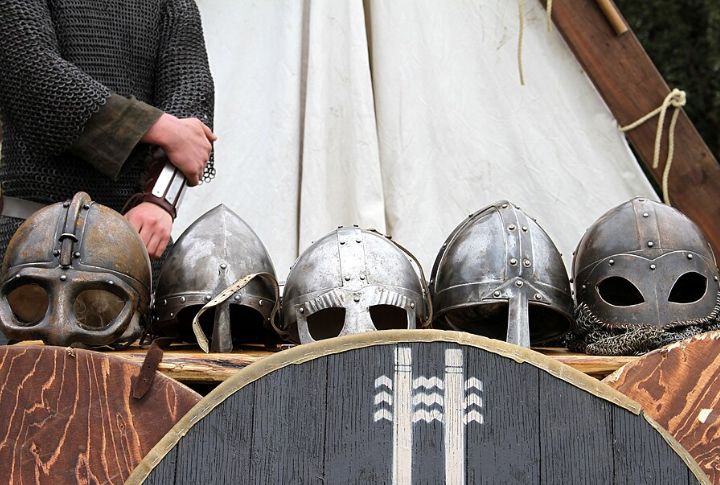
Forget those horned helmets you’ve seen in movies and Halloween costumes. Archaeological evidence shows Vikings never wore them in battle—they’d be impractical and dangerous. The myth originated from 19th-century Scandinavian artists and opera costume designers who wanted something more dramatic. Real Viking helmets were simple, horn-free, and designed for protection during combat.
Marie Antoinette’s Famous Quote

People assume Antoinette said, “Let them eat cake,” because it fits the image of a rich queen ignoring starving citizens. But she never said it. This line appeared in French writings years before she moved to France. Philosopher Jean-Jacques Rousseau mentioned the phrase in 1765 and said it came from an unnamed princess, long before the French Revolution began.
George Washington’s Teeth
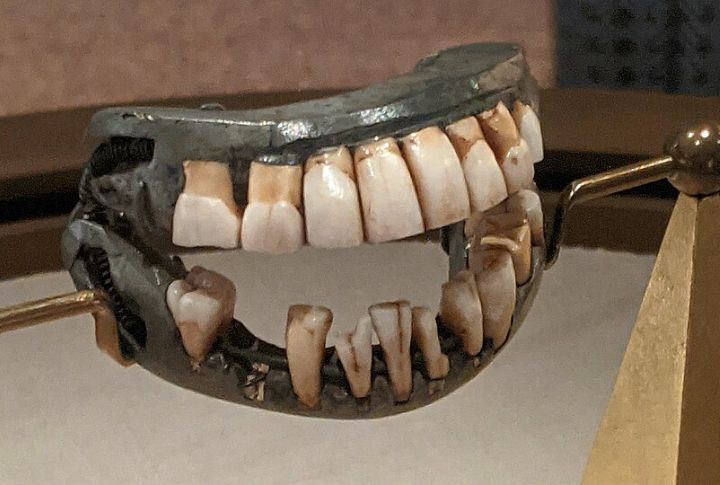
Washington battled dental problems throughout his entire adult life, which is pretty rough when you think about it. To deal with this, he wore multiple sets of dentures made from brass screws, hippopotamus ivory, human teeth, and lead—nothing wooden about them. Unfortunately, these dentures were extremely uncomfortable and kept him in constant pain.
The Great Wall Of China

People were already spreading this myth before humanity had even reached space. The whole story doesn’t hold up when you consider the actual dimensions and materials involved. Yang Liwei, who’s actually been to space as a Chinese astronaut, settled the debate by confirming he couldn’t see the wall during his entire mission.
Roman Vomitoriums

Despite what pop culture suggests, Romans didn’t wander off to designated barf stations after dinner. A vomitorium was basically an ancient crowd-control hallway—nothing grosser than that. Think “stadium exit tunnel,” not “post-feast disaster zone.” The only thing spilling out was people, not stomachs.
Cleopatra’s Ethnicity
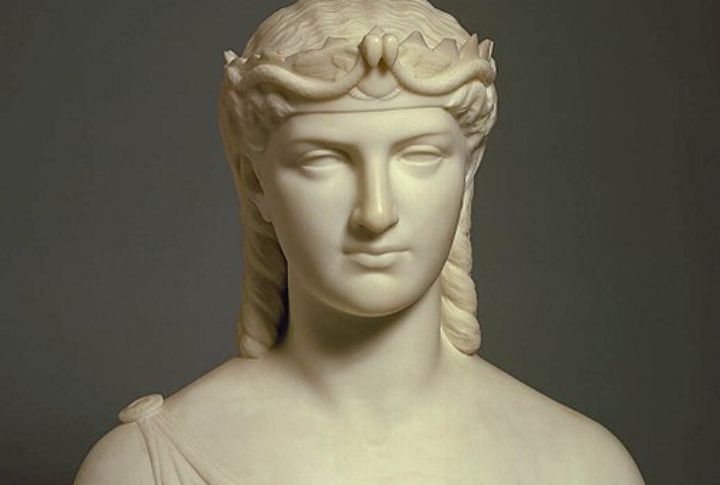
Most envision Cleopatra as ethnically Egyptian, but she was actually Greek. She descended from Ptolemy, one of Alexander the Great’s generals who ruled Egypt after Alexander’s death. Cleopatra was likely the first in her family to bother learning Egyptian, which showed her political savvy more than her ethnic heritage.
Van Gogh’s Ear

Only a portion of an earlobe was cut off, not the entire ear, as the story often suggests. This happened during a severe mental breakdown that followed an argument Gogh had with fellow painter Paul Gauguin, who had been staying with him at the time.

